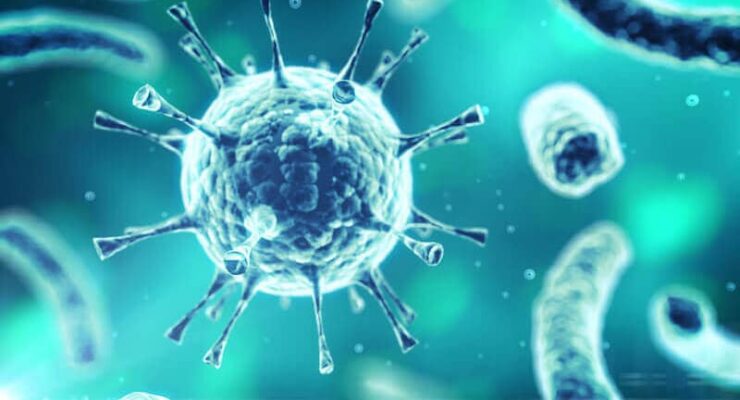Developing chips that signal the presence of the coronavirus RNA, antibodies, and antigens
Imagine…you prick your finger or swab your nose and dab a tiny sample of the fluid onto a semiconductor chip. Slot that chip into an inexpensive, handheld reader and, within a minute or so, its small screen displays a list of results—you are negative for the new coronavirus, positive for antibodies. The likelihood of false results is extremely low. You are cleared to enter your company’s building or fly on a plane.
On-the-Spot Virus Testing Not Available in Near Future
This sort of fast, on-the-spot testing is just a dream right now. Most tests available today to see if people have the virus are conducted using reverse transcription polymerase chain reaction (RT-PCR) technology. This process looks for a specific sequence of RNA in the sample—in this case, a sequence unique to the coronavirus. Then it copies that sequence repeatedly by adding different chemicals and cycling the temperature of the solution.
A fluorescent molecule is attached to each copy; when enough RNA copies accumulate, the sample will glow when hit by a light. Most of these tests, however, require a lab to process. The necessary chemicals are in short supply, and the fastest tests—those that produce results in under 15 minutes—struggle with false negatives.
Virus Antibody Tests Determine Past Infection
Then there are antibody tests, also called serology tests. These can determine only if someone has had the virus in the past, not whether they are currently sick. They measure whether the patient’s immune system has started creating antibodies against a specific virus, using blood from a standard blood draw or a small sample from a finger prick.
Antibodies in the blood bind to a protein embedded in a test strip as the sample wicks along the strip, triggering color changes that display a result, working much like a pregnancy test stick. More than 100 antibody tests for the coronavirus have been introduced, but their accuracy varies.
Newer antigen tests for the active virus look for fragments of the coronavirus’s characteristic spike protein in a sample from a nasal swab. These are less sensitive than PCR tests but give much faster results. The FDA just started approving these in May.
These tests all have their trade-offs. So what would it take to make a test that’s fast, accurate, and low-cost?
The Answer May Be the Magic of Biosensor Chips
The answer may come from biosensor chips. We are a wafer foundry that specializes in manufacturing microelectromechanical systems (MEMS) and sensors. Our company is working with several startups scrambling to produce biosensors for coronavirus testing.
Jessica Gomez, Founder and CEO of Rogue Valley Microdevices
